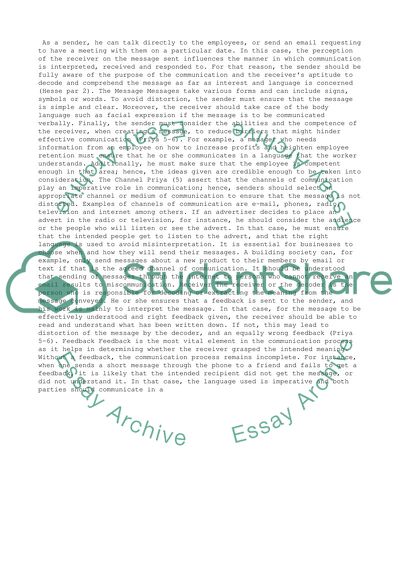Cite this document
(“Describe the elements of the communication process and explain the Term Paper”, n.d.)
Describe the elements of the communication process and explain the Term Paper. Retrieved from https://studentshare.org/management/1480757-describe-the-elements-of-the-communication-process
Describe the elements of the communication process and explain the Term Paper. Retrieved from https://studentshare.org/management/1480757-describe-the-elements-of-the-communication-process
(Describe the Elements of the Communication Process and Explain the Term Paper)
Describe the Elements of the Communication Process and Explain the Term Paper. https://studentshare.org/management/1480757-describe-the-elements-of-the-communication-process.
Describe the Elements of the Communication Process and Explain the Term Paper. https://studentshare.org/management/1480757-describe-the-elements-of-the-communication-process.
“Describe the Elements of the Communication Process and Explain the Term Paper”, n.d. https://studentshare.org/management/1480757-describe-the-elements-of-the-communication-process.


